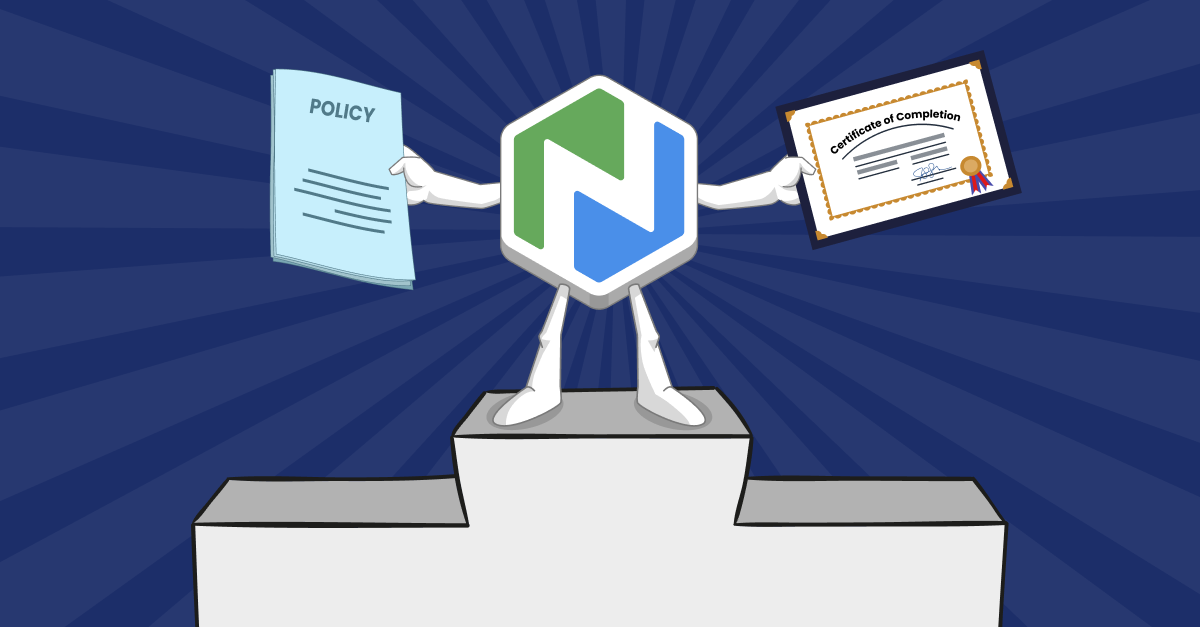Modeling Good Communication Skills
Follow these simple guidelines and learn how to model good communication skills to help your team communicate more effectively.

The success of your team, department, or organization depends on how well everyone communicates. Good communication can reduce conflict, improve productivity, and build a healthy and happy workplace culture.
But some people are better at it than others; you may have team members who need to learn how to communicate more effectively. Fortunately, people tend to mirror the behavior of the person they are speaking with, so modeling the right behavior is a great way to teach good communication skills.
Guidelines for modeling good communication skills:
Say less, listen more. If you spend all your time talking, you will miss the chance to learn what others think.
Resist distractions. Instead of thinking about what to say next, focus on what’s being said. And try to ignore how the person looks or talks to avoid making biased judgments.
Listen for main points or ideas. It will help you pay attention and inform your response.
Display attentive body language. Lean slightly forward to show you’re engaged. Crossing your arms can make you look defensive, so keep your arms open and maintain appropriate eye contact. Nod your head occasionally or say “uh-huh” to show interest. Doing these things will encourage the speaker to share more.
Wait for your turn to talk. You might find moments where you want to respond, but interrupting can be rude. When there’s a natural pause, try to ask at least one question before sharing your thoughts or introducing a new topic. This tactic shows you are listening, and it can help you gain a deeper understanding of the speaker’s perspective.
Ask open-ended questions, which can’t be answered with a yes or no, providing better insight. There are three main types:
- Clarifying questions help confirm understanding. You might begin with a phrase like, “If I understand correctly, you think…”, then summarize what was said and ask, “How did you arrive at that conclusion?”
- Exploring questions encourage new ideas or perspectives. You might begin with phrases like, “What if…” or “How can we…”.
- Refocusing questions pull attention back to a main point or agenda. You might ask something like, “How can this help us meet our goal?”
Speak from personal experience using the word “I”. When you make assumptions and use phrases like “we know…” it can seem like you are speaking for others. They might be afraid to disagree with your assumptions, so it’s important to let people speak for themselves.
Be clear and concise. If you ramble, you’ll lose people’s attention and maybe even your own train of thought. Only share what’s needed to help others understand your point.
Remain open-minded, empathetic, and respectful. Recognizing and appreciating that people’s beliefs are shaped by their experiences can help you understand both sides of a conversation and keep things civil when you disagree. And, it can help you learn new things that may change your perspective.
Learn More
If you need additional guidance, the Niche Academy learning design team has created a number of helpful tutorials on topics like Guiding Effective Conversations, Creating Feedback Loops, and more. Start a free trial to get a sneak peek at some of our learning content.

.png)
.png)
.png)

.png)
.png)
.png)

.png)
.png)

.png)